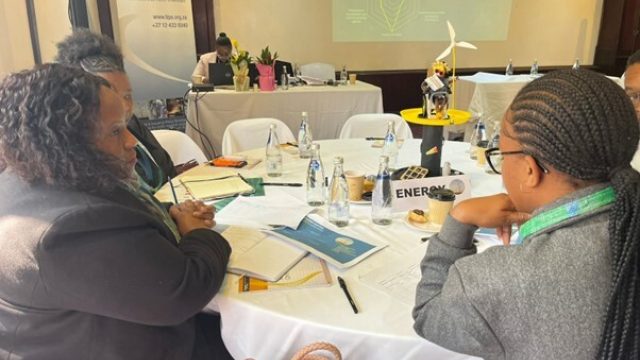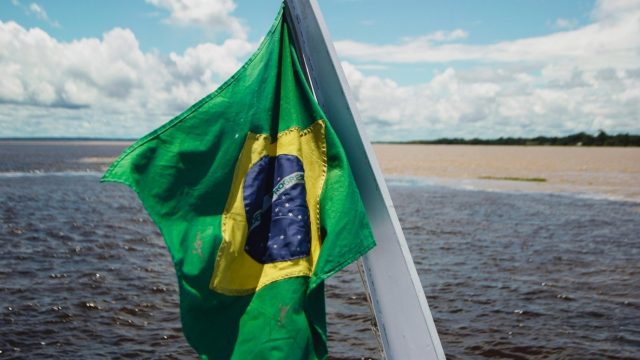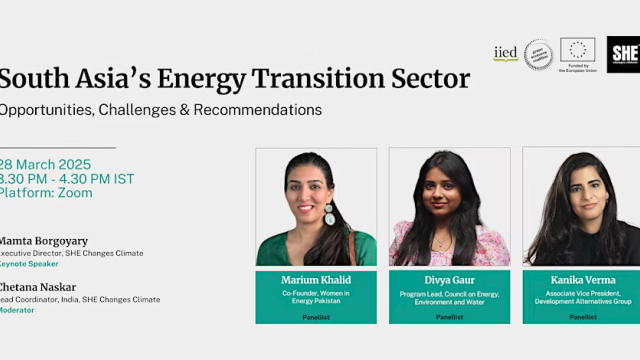"Global South" is meaningless. Let's look at living standards
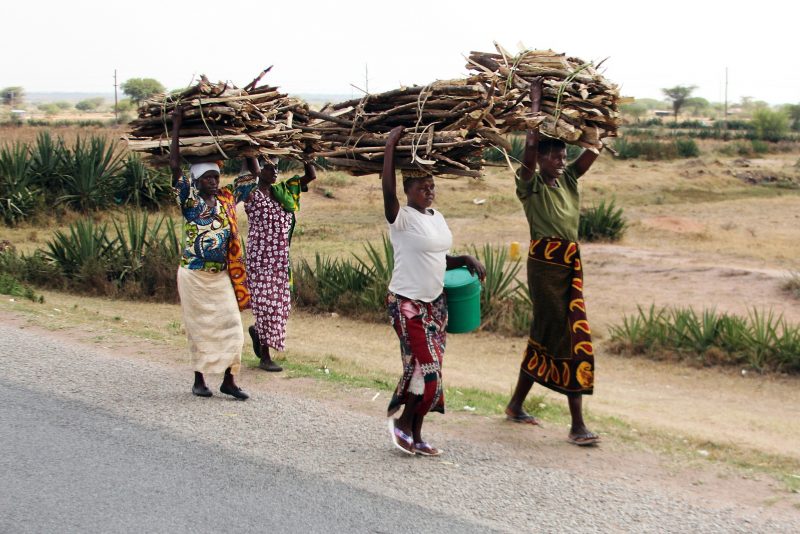
As recently as 1997 — which still feels like yesterday for a lot of us — a third of the world’s population lived in “extreme poverty”, defined as less than a dollar a day. Perhaps because of this, the popular imagination has tended to divide the world between an affluent “West” and a poverty-stricken “Rest”. This idea can be expressed in many ways: developed versus developing economies, the First versus the Third World, the Global North versus the Global South.
But, thanks to two decades of remarkable progress, this simple binary no longer applies. In one of humanity’s greatest and most underappreciated achievements, extreme poverty has fallen to less than 10%; billions of lives transformed inside a single generation. The Rest is catching up, and will soon overtake the West.
Instead of a simplistic division between “rich” and “poor”, lumping together countries of wildly diverse political, economic and developmental status, we need a new metric. Work pioneered by the academic Hans Rosling suggests that we might interpret the status of the world through a new lens — that of four levels.
The four levels of global development
Rosling’s new way to look at the world ignores national boundaries and instead divides up the global population into four income brackets: Levels 1 through 4. The very poorest people, those still living in extreme poverty, are on the bottom at Level 1, whether they live in a shanty town in Pakistan or a Sudanese village. The richest and most prosperous are on Level 4 – including most (but not all) citizens of the West and, increasingly, millions of people from China, Brazil, India, and other emerging economies.
“ Fully half the global population lived on Level 1 in 1945, but today Level 1 accounts for less than 10% of people. What does the future hold?”
The best way to measure what level an individual person belongs to is by looking at their living arrangements and day-to-day life.
Level 1: A person on Level 1 most likely sleeps on the floor, perhaps with a single pillow and a thin blanket to cover themselves with. Walking is their only mode of transport, usually to fetch buckets of drinking water. All cooking is done by fire, and all food is likely to be the same grey porridge as any other day; people living on Level 1 often go to bed hungry. Most people living on Level 1 today live in Sub-Saharan Africa, especially those countries on the edge of the Sahara desert.
Level 2: There is a big difference between Levels 1 and 2. About three billion people live on this level today, across many countries. Here they earn about $4 - 8 dollars a day — four times as much as a person in extreme poverty. The extra spending power is enough to buy a mattress instead of a blanket on the floor. If they’re lucky, a person on Level 2 can afford to buy a bicycle, and extra plastic buckets to collect spring water. Cooking is done with a gas stove, used to heat soups and stews with basic ingredients. Life on Level 2 is precarious, however, and a bad illness or accident could easily force a person on Level 2 back down to Level 1.
Level 3: Two billion people throughout the world live on Level 3 today. Again, there is a big improvement on the conditions of Level 2 — with income levels being as much as four times higher again – although people on Level 3 work almost all day, every day for their money. But they can afford the luxury of running water at home and stable electricity, so the kids can read and do homework after nightfall. On occasion, people on Level 3 can even save enough for a holiday, and maybe even buy a motorbike for the commute to work.
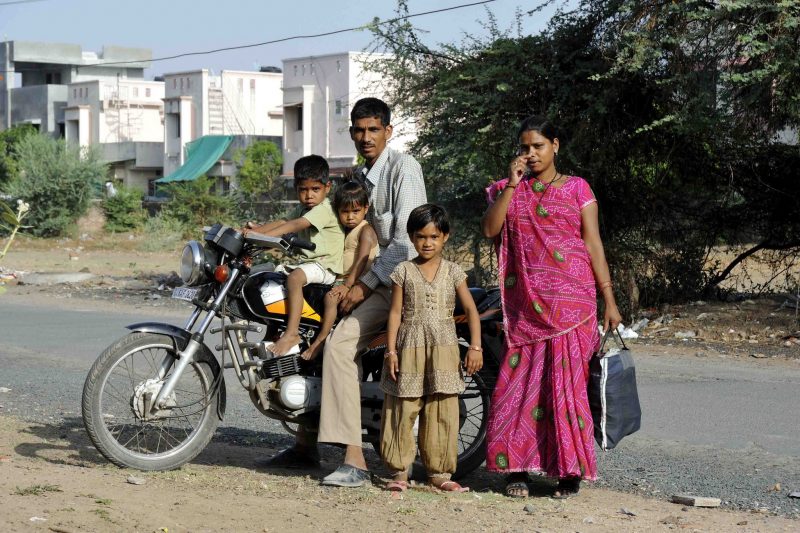
Level 4: About a billion people live on this level today, mostly in Europe, America, and some parts of East Asia. If you are reading this, then you are almost certainly living a life on Level 4. People on this level can afford to eat in restaurants, travel occasionally by airplane, and enjoy a hot bath at home. Earning an extra few dollars a day would not make that much of a difference, and savings, insurance and investments can reduce the impact a serious injury or illness might have.
As you can see, Rosling’s four levels don’t generalise entire countries, but instead allow for a multi-dimensional scope into the health and wealth of a country’s economy, by measuring where the majority of its inhabitants sit on the levels. For example, although most of the UK population live on Level 4, there are hundreds of thousands of people on Level 3; most Chinese people live on Level 3, but there are millions on Levels 2 and 4.
2027 — The year of equality?
We have seen tremendous leaps in the living standards of the global population in the past century. While fully half the global population lived on Level 1 in 1945, today Level 1 accounts for less than 10% of people. What does the future hold?
If current trends continue, and people continue to move towards Level 4, then something remarkable will happen, something that has not happened for the last 500 years: by 2027 there will be just as many people living on Level 4 in East Asia as in Europe and America. And by 2040, the pendulum of economic power could be fully in East Asia’s favour — with 60% of the world’s Level 4 citizens living in the East.
Of course, the increasing environmental impacts of unsustainable development are beginning to threaten this new-found prosperity. The UN has warned that climate change, loss of biodiversity and increasing pollution are already endangering global progress, and could push millions back into extreme poverty. Helping people to escape poverty, and then stay out of it, requires radical action across a range of environmental threats.
The looking glass of four levels
Looking at the world through Rosling’s Four Levels, we can see a broad range of improvements in living standards and people’s lives, improving now much quicker than ever before. We can track things like immunization, cancer survival, internet access, and even track disposable income via number of guitars owned, up from a few hundred per million people in 1962 to 10,000 per million today.
That’s right. Even a single metric such as a guitar. Noticing one day that the neighbours have saved up enough to buy an instrument can be beautiful than in many ways other than the music — for those individual notes could be the sounds of a family lifting themselves out of one level and up to another.
- Neil Wright, Re-Space
The Green Economy Coalition believes that dialogue and discussion are cornerstones of effective policy-making. Therefore we publish articles from a broad range of contributors, covering a wide range of views. The views expressed by our guest authors do not necessarily reflect the policy or positions of the GEC; furthermore, since our coalition and our contributors are reflective human beings navigating a complex world, all our views are liable to change over time.
